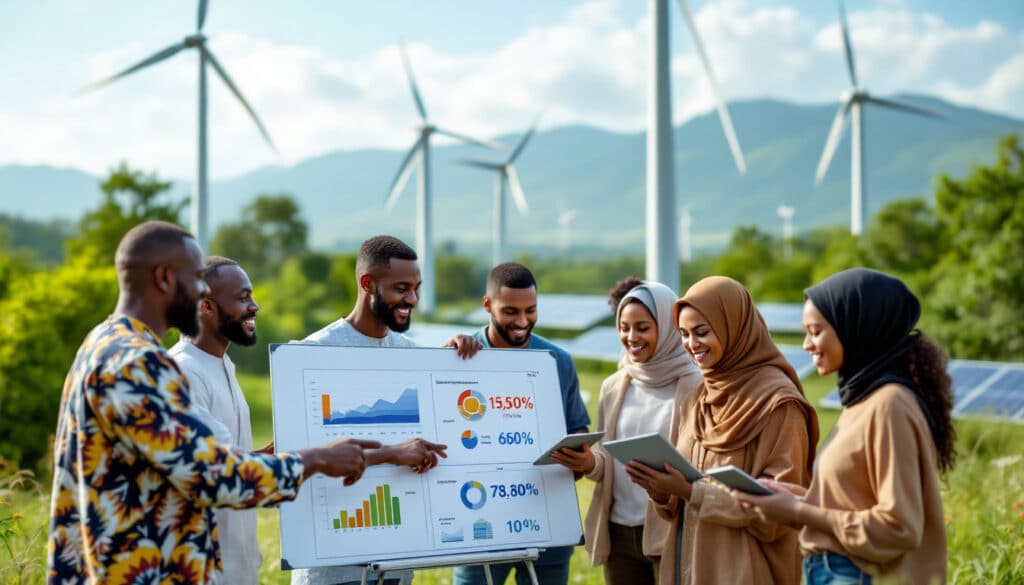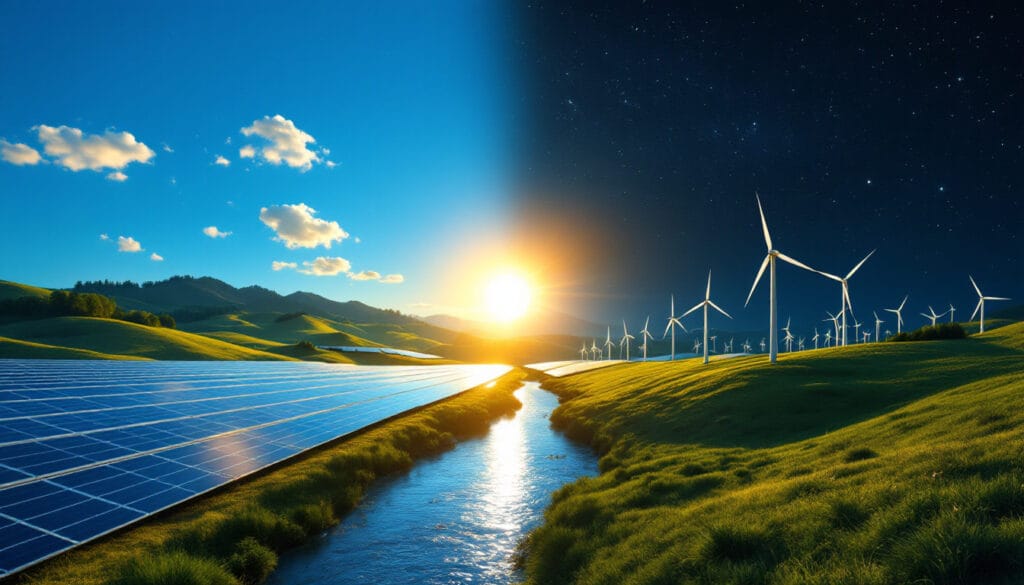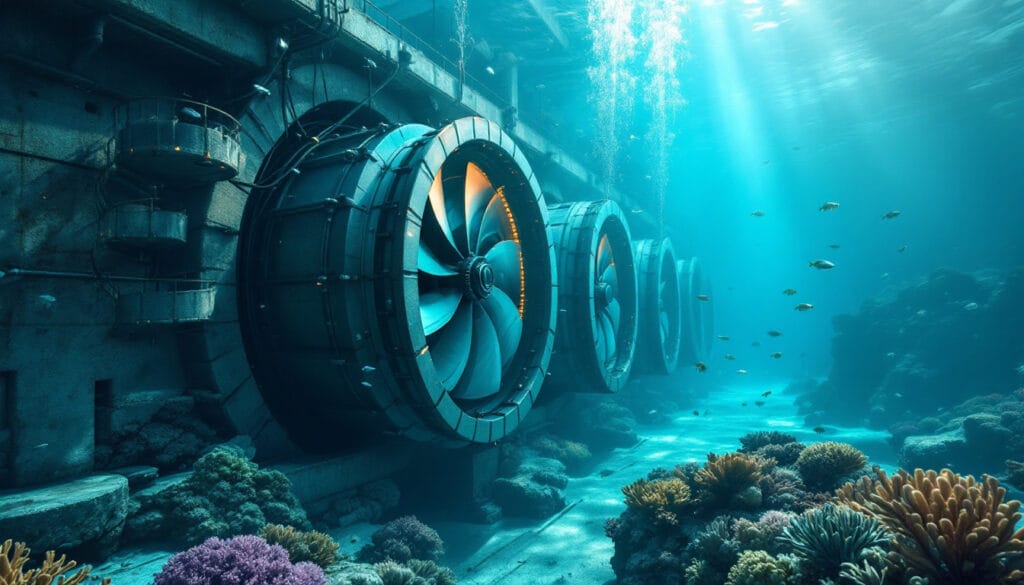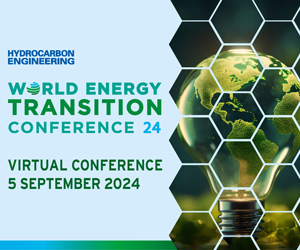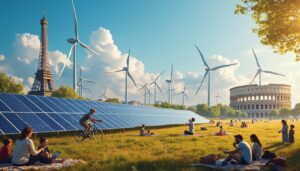Renewable energies are revolutionizing the way we consume energy. These sources, which include the sun, wind, water, biomass, and the earth, are characterized by their inexhaustible capacity and low impact on the environment. Their advantages are undeniable, particularly in terms of reducing CO2 emissions, which is crucial for mitigating climate change. Electrification through renewable energies is not only central to our discussions about the energy future, but it is also an essential element for making our cities more ecological and sustainable.
Glossary on Understanding Renewable Energies
Renewable energies refer to inexhaustible energy sources that are available in unlimited quantities on a human scale. They draw their strength from natural phenomena such as the sun, wind, water, biomass, and geothermal energy. These resources, often described as “clean,” allow for the generation of electricity without emitting CO2 or other greenhouse gases. This characteristic is crucial for combating climate change and for preserving air quality.
Solar energy constitutes the main form of renewable energy. Harnessed through photovoltaic panels or solar thermal plants, it can be used to produce electricity or heat. Solar energy also powers other natural processes, such as photosynthesis and the water cycle, which are the engines of hydropower. The latter relies on the movements of water to generate electricity, through dams, run-of-the-river plants, or devices that utilize waves.
Wind energy, on the other hand, harnesses the force of the wind, captured by turbines to create electricity. Often installed on vast lands or offshore, wind turbines can be controversial due to their visual and noise impact, although their ability to reduce emissions is undeniable. The global wind potential is immense, and several countries, like Germany, are betting on this energy for their energy mix.
Geothermal energy utilizes the heat from the earth to produce energy. Geothermal plants harness this heat to generate electricity or for heating. This technology, although less widespread, represents an effective and continuous source of energy, with particularly prolific sites in Iceland or certain regions of the United States. To learn more about this technology, visit Enhanced Geothermal Energy: A Revolution in the Renewable Energy Sector.
Biomass relies on the transformation of organic materials (wood waste, energy crops, agricultural residues) into energy. Used for combustion or biogas production, biomass helps reduce waste and generates so-called “carbon-neutral” energy, as the CO2 emissions produced are offset by the growth of plants absorbing carbon.
Recent innovations introduce technologies like flow batteries to store renewable energy more efficiently. These storage systems play a key role in integrating renewable energies onto the electrical grid. Australia shows increasing interest in these solutions, promoting their development. For more information, see Flow Batteries: The Future of Renewable Energies.
Each renewable energy sector has specific advantages and disadvantages, but they share a common goal: to reduce our dependence on fossil energy sources and decrease greenhouse gas emissions. However, their strong implementation requires investments and societal acceptance for the energy transition to be truly possible.

Understanding Renewable Energies
Q : What is a renewable energy?
A : Renewable energies refer to energy sources that naturally regenerate and are inexhaustible on a human scale. They primarily come from nature, including the sun, wind, water, biomass, and geothermal energy.
Q : What are the advantages of renewable energies?
A : Renewable energies have the advantage of producing electricity without emissions of CO2 or other greenhouse gases, which is crucial for mitigating climate change and preserving air quality.
Q : Why are renewable energies important in the context of climate change?
A : In the context of climate change, renewable energies often top the list of proposed solutions to avoid the most dramatic effects of temperature rise.
Q : How do they produce energy without impacting the environment?
A : Renewable energies work by capturing natural phenomena like solar radiation or wind, which are then converted into usable energy, and all without contributing to air pollution.
Q : What are the five main sources of renewable energies?
A : The five main sources of renewable energies are water, wind, sun, biomass, and earth (or geothermal energy).
Articles similaires
Thank you!
We will contact you soon.

